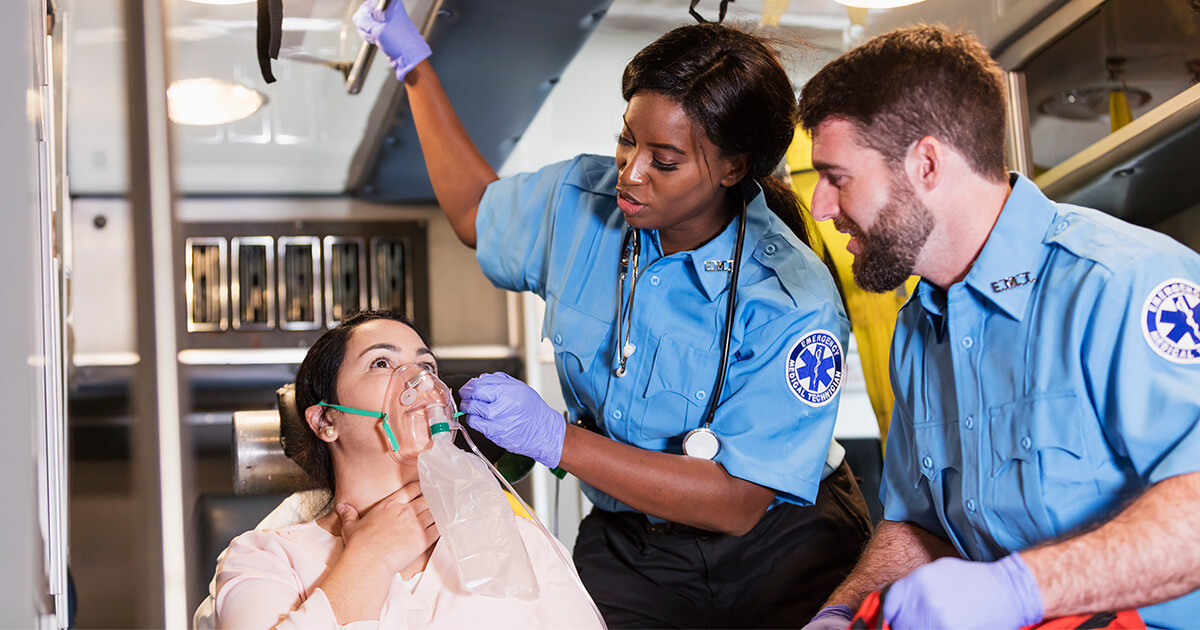16 min read
Force Multiplier Patient Care [Part 1]
Editor's Update: The ET3 program is mentioned throughout the below interview. Please note that, as reported by JEMS.com on 6/28/23, the federal government is ending the ET3 program. According to the...
